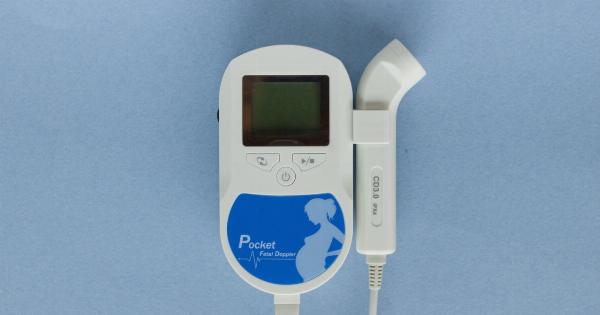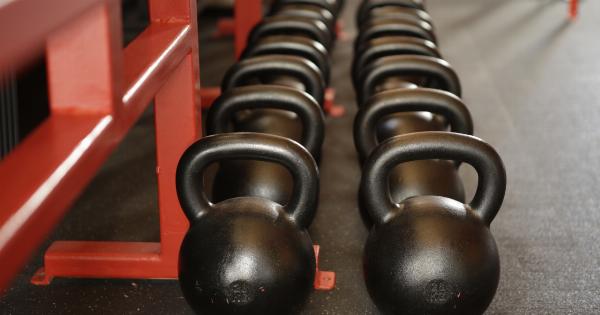Ferritin is a protein that exists in the body and is responsible for storing iron. It is found in various organs and tissues, with the highest concentration found in the liver, spleen, and bone marrow.
Each ferritin molecule has the ability to store up to 4,500 iron atoms.
Understanding Low Ferritin Levels
Low ferritin levels occur when there is a decrease in the amount of ferritin stored in the body. This can lead to iron deficiency, as ferritin is primarily responsible for storing and releasing iron when needed.
Iron is an essential mineral that plays a crucial role in many bodily functions, including oxygen transport, energy production, and DNA synthesis.
Causes of Low Ferritin
There are several factors that can contribute to low ferritin levels:.
- Dietary deficiencies: Not consuming enough iron-rich foods can lead to low ferritin levels. Vegetarians and vegans, in particular, may be at a higher risk of iron deficiency.
- Blood loss: Any condition that causes chronic bleeding, such as gastrointestinal disorders or heavy menstrual bleeding, can deplete iron stores and lead to low ferritin.
- Inflammatory conditions: Chronic inflammation in the body can interfere with iron absorption and utilization, leading to low ferritin levels.
- Pregnancy: During pregnancy, the body requires increased iron to support the growing fetus. If the intake of iron is insufficient, it can result in low ferritin levels.
Symptoms of Low Ferritin
Low ferritin levels can manifest in a variety of symptoms:.
- Fatigue: Iron deficiency impairs the production of hemoglobin, the protein responsible for carrying oxygen to the body’s tissues. This can result in fatigue and decreased energy levels.
- Weakness: Insufficient iron levels can lead to muscle weakness and decreased physical performance.
- Shortness of breath: Inadequate iron levels impair oxygen transport, leading to shortness of breath even with minimal exertion.
- Headaches and dizziness: Reduced oxygen supply to the brain can cause frequent headaches and dizziness.
- Pale skin and nails: Iron deficiency can affect the production of red blood cells, resulting in pale skin and brittle nails.
- Restless legs syndrome: Some individuals with low ferritin levels may experience uncomfortable sensations and the urge to move their legs, especially at night.
Diagnosing Low Ferritin
A simple blood test can determine your ferritin levels. If your results indicate low ferritin, further investigations may be required to determine the underlying cause.
Treatment Options
The treatment approach for low ferritin levels depends on the underlying cause and severity of the deficiency:.
- Dietary changes: Increasing your intake of iron-rich foods like lean meats, green leafy vegetables, and legumes can help replenish ferritin stores.
- Iron supplements: In cases of moderate to severe iron deficiency, your healthcare provider may recommend iron supplements to help boost ferritin levels.
- Treating underlying conditions: If a medical condition or chronic bleeding is causing low ferritin, addressing and managing the underlying cause is essential.
- Intravenous iron therapy: In severe cases where oral iron supplements are ineffective or poorly tolerated, intravenous iron therapy may be administered to rapidly replenish iron stores.
Preventing Low Ferritin
There are steps you can take to prevent low ferritin levels:.
- Consume a balanced diet: Include a variety of iron-rich foods in your diet, such as lean meats, seafood, fortified cereals, nuts, and seeds.
- Pair iron-rich foods with vitamin C: Vitamin C enhances iron absorption, so combining iron-rich foods with citrus fruits, tomatoes, or bell peppers can help increase iron absorption.
- Avoid excessive caffeine and tea: These beverages can inhibit iron absorption, so it’s advisable to limit their consumption, especially during meals.
- Speak to your healthcare provider: If you have any underlying health conditions or dietary concerns, consult with your healthcare provider to ensure you are meeting your iron needs.
Conclusion
Low ferritin levels can be a result of various factors, including dietary deficiencies, chronic bleeding, inflammation, and pregnancy. Symptoms of low ferritin include fatigue, weakness, shortness of breath, and pale skin.
Timely diagnosis and proper treatment, such as dietary changes, supplements, or addressing underlying conditions, can help restore ferritin levels and prevent complications associated with iron deficiency. By incorporating iron-rich foods into your diet and effectively managing any potential causes of low ferritin, you can maintain optimal iron levels and support your overall health and well-being.































